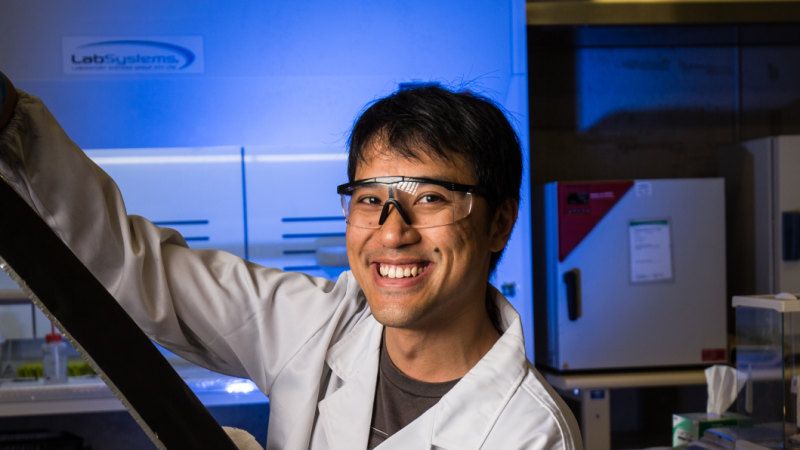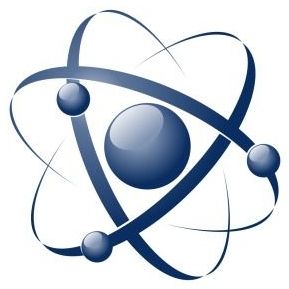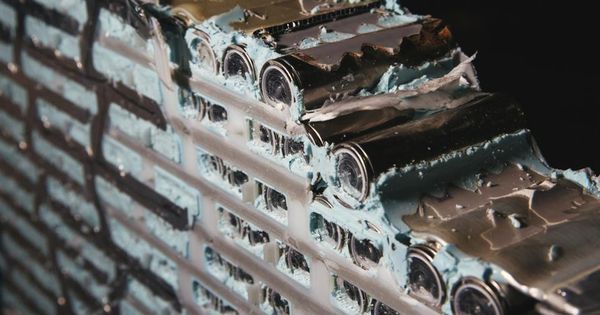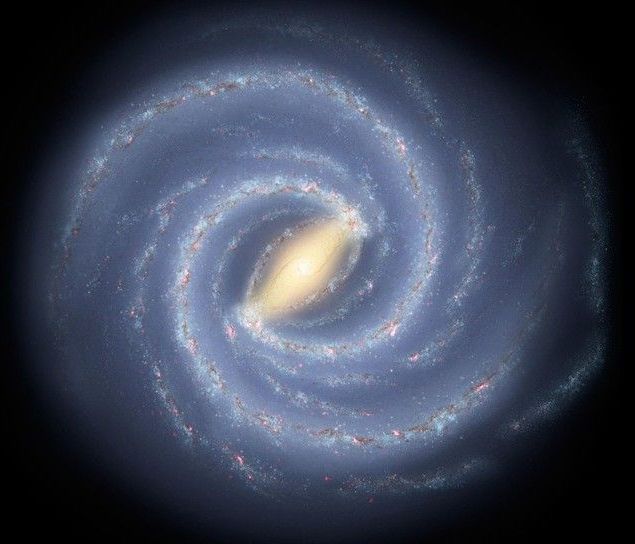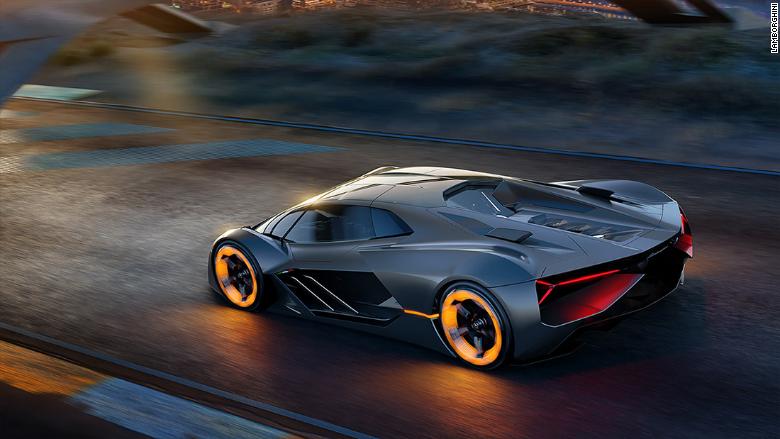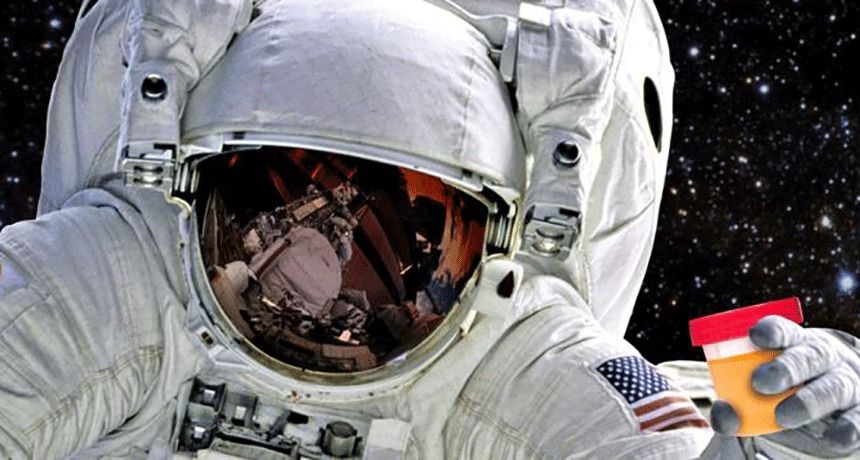Archive for the ‘energy’ category: Page 287
Feb 6, 2019
Quantum dots that produce white light could be the light bulb’s successor
Posted by Quinn Sena in categories: energy, quantum physics
Circa 2005
Until 1993 LEDs could only produce red, green and yellow light. But then Nichia Chemical of Japan figured out how to produce blue LEDs. By combining blue LEDs with red and green LEDs – or adding a yellow phosphor to blue LEDs – manufacturers were able create white light, which opened up a number of new applications. However, these LEDs tend to produce white light with a cool, bluish tinge.
The white-light quantum dots, by contrast, produce a smoother distribution of wavelengths in the visible spectrum with a slightly warmer, slightly more yellow tint, reports Michael Bowers, the graduate student who made the quantum dots and discovered their unusual property. As a result, the light produced by the quantum dots looks more nearly like the “full spectrum” reading lights now on the market which produce a light spectrum closer to that of sunlight than normal fluorescent tubes or light bulbs. Of course, quantum dots, like white LEDs, have the advantage of not giving off large amounts of invisible infrared radiation unlike the light bulb. This invisible radiation produces large amounts of heat and largely accounts for the light bulb’s low energy efficiency.
Continue reading “Quantum dots that produce white light could be the light bulb’s successor” »
Feb 6, 2019
A New “Solar Paint” Lets You Transform Your Entire House Into a Source of Clean Energy
Posted by Quinn Sena in category: energy
Feb 6, 2019
Experimental plasma generator offers path forward for better use of landfill gas as energy
Posted by Quinn Sena in categories: energy, physics
Researchers at the University of South Carolina in Columbia have demonstrated an experimental plasma device capable of cleaning gas samples of D4, one of the most common siloxanes. Drawing on a technique for creating plasma called dielectric barrier discharge, the group was able to significantly reduce the amount of D4 samples after treating it with a helium-based plasma.
The findings point to a new potential solution for accommodating landfill gas rich in siloxanes. They will be presented at the American Physical Society 71st Annual Gaseous Electronics Conference and 60th Annual meeting of the APS Division of Plasma Physics, which takes place Nov. 5–9 at the Oregon Convention Center in Portland.
“This is the first time dielectric barrier discharge has been used to remove volatile organic silicate compounds,” said Malik Tahiyat, one of the researchers involved with the study. “In our case, there’s no wait for removing it or material that has to be thrown out after a certain amount of time.”
Feb 5, 2019
Is Tesla’s Elon Musk Making Good On Prediction That Capacitors ‘Supersede’ Batteries?
Posted by Genevieve Klien in categories: Elon Musk, energy, sustainability, transportation
If I were to make a prediction, I’d think there’s a good chance that it is not batteries. But capacitors.”
Today he may be making good on his prediction. The electric vehicle manufacturer confirmed that it has acquired a small San Diego lab that owns ultracapacitor patents and technology.
Maxwell Technologies provides dry electrode manufacturing technology that can be used to make to make batteries that power electric vehicles and renewable energy systems. The company announced that in an all-stock transaction it will merge and become a wholly owned by a subsidiary of Tesla.
Feb 5, 2019
Scientists reveal true shape of Milky Way: It’s warped & twisted
Posted by Michael Lance in categories: energy, mapping, space
It’s even more fascinating than we thought.
The Milky Way looks nothing like the flat space pancake it is usually depicted as. The newly-created and most accurate 3D map of our galaxy reveals that it’s warped and twisted, and even more fascinating.
A group of astronomers from Australia and China have built their “intuitive and accurate three-dimensional picture” by mapping the so-called “classical Cepheids.”
Continue reading “Scientists reveal true shape of Milky Way: It’s warped & twisted” »
Feb 3, 2019
Mollusk with magnetic teeth could be the key to nanoscale energy sources
Posted by Genevieve Klien in categories: bioengineering, energy, genetics, nanotechnology

A team of scientists have made a new discovery about naturally occurring magnetic materials, which in turn could lead to the development of nanoscale energy sources used to power next generation electronic devices. Researchers from Japan’s Okayama University and UC Riverside’s Bourns College of Engineering worked together to study the gumboot chiton, a type of mollusk that produces teeth made of the magnetic mineral magnetite, in hopes of better understanding its genetic process.
Feb 2, 2019
“Sun in a Box”: A New Way to Store Renewable Energy for the Grid
Posted by Jeffrey L. Lee in categories: energy, sustainability
The new design stores heat generated by excess electricity from solar or wind power in large tanks of white-hot molten silicon, and then converts the light from the glowing metal back into electricity when it’s needed. The researchers estimate that such a system would be much more affordable than lithium-ion batteries, which have been proposed as a viable, though expensive, method to store renewable energy. They also estimate that the system would cost about half as much as pumped hydroelectric storage—the cheapest form of grid-scale energy storage so far.
Delivering solar- or wind-generated power on demand, the system, which uses molten silicon, should be cheaper than other leading options.
Jan 31, 2019
Lamborghini and MIT team up on electric supercar without batteries
Posted by Quinn Sena in categories: energy, nanotechnology, transportation
Instead, the body of the Lamborghini Terzo Millennio concept car, made from exotic carbon nanotubes, would be used as a supercapacitor. Supercapacitors store and release energy in a manner different from that employed by batteries. They have certain advantages, but also serious disadvantages.
It could be years, if ever, before scientists from MIT and Lamborghini, which is part of the Volkswagen Group ( VLKAF ), can overcome the downsides. But the effort would be worth it, said Mauricio Reggiani, Lamborghini’s head of research and development.
“At the moment, we are really optimistic,” he said.
Continue reading “Lamborghini and MIT team up on electric supercar without batteries” »
Jan 30, 2019
Human waste could power plastic-making in space
Posted by Quinn Sena in categories: energy, space
Someday recycled urine and exhaled breath could feed specially engineered yeast to make plastics and other useful chemicals on long space missions.
